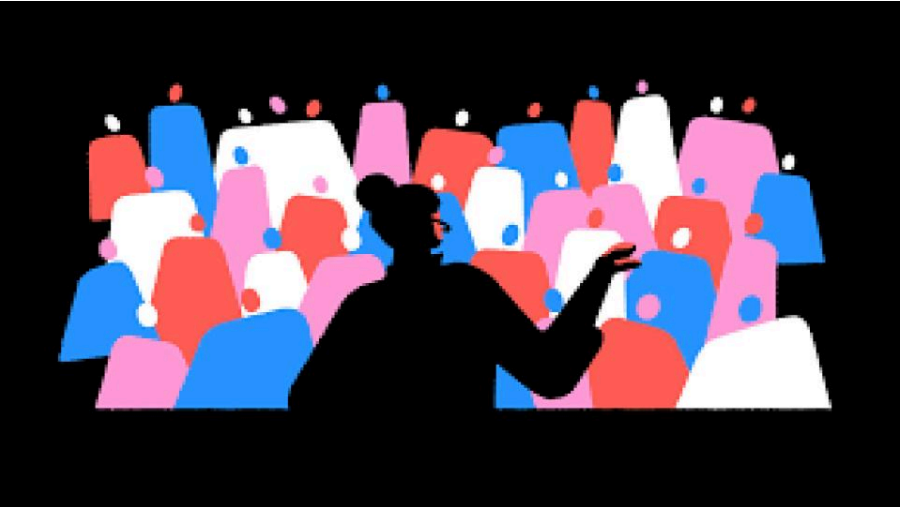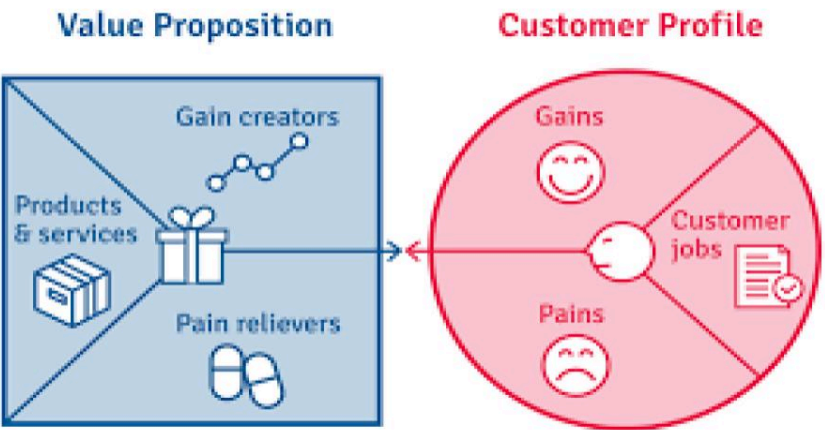We are all bombarded with more ads, comms, and noise like never before.
The increasing use of generative AI will see even more poor-quality content flood our channels. This is, of course, going to make it even more challenging to get a message of sufficient value to our respective
audiences.
So, how do we combat this effect and succeed in delivering high quality content that appeals and informs?

The issue is one of targeting. Winning the battle for the attention of customers requires not simply lumping them all together.
Our view is we need to identify them as separate cohorts and understand in greater depth the real problems that we can solve for each customer group. We can then develop content and specific customer journeys for each.
There are a number of stages to achieve this:
- Prioritise which customer groups to focus on based on a variety of key
metrics such as difficulty to obtain vs market opportunity and profitability.

- Once you know which customer groups to focus on, explore the specific
problems each group has. Find out which are similar in order to categorise
them for task work, thereby saving time and resources. Following that,
identify in priority order the extent of these problems. - The next step is to marry your services to the problems of each
customer group. This will enable you to enhance certain services or
potentially develop new ones.

- Speak to customers directly to identify how to illustrate value to
individual customer groups. This is an overlooked but very effective way to
help develop pricing strategies that generate higher levels of profit whilst
maintaining retained customer levels. What can they tell you that you may
think you already know? - Once you understand more about how to deal with customer problems,
you can then use insights gathered to develop better propositions and
specific content for each customer group.

- During the earlier stages of this process, identify which channels to use
in order to target each group individually. Doing so will see you achieve
better results in this phase as opposed to just selecting the same channels
for each group. - From here, you can then look to evaluate and enhance both customer
and user journeys, remembering to develop specific journeys for each
customer group that provide targeted solutions. In a world filled with noise,
the more we can speak the language of individual customer groups, the
more we will appeal to them.
Kind regards from Runway,
Lee


